Your cart is currently empty!
5 Terrific Ways To Explore Narrative Driven RPGs
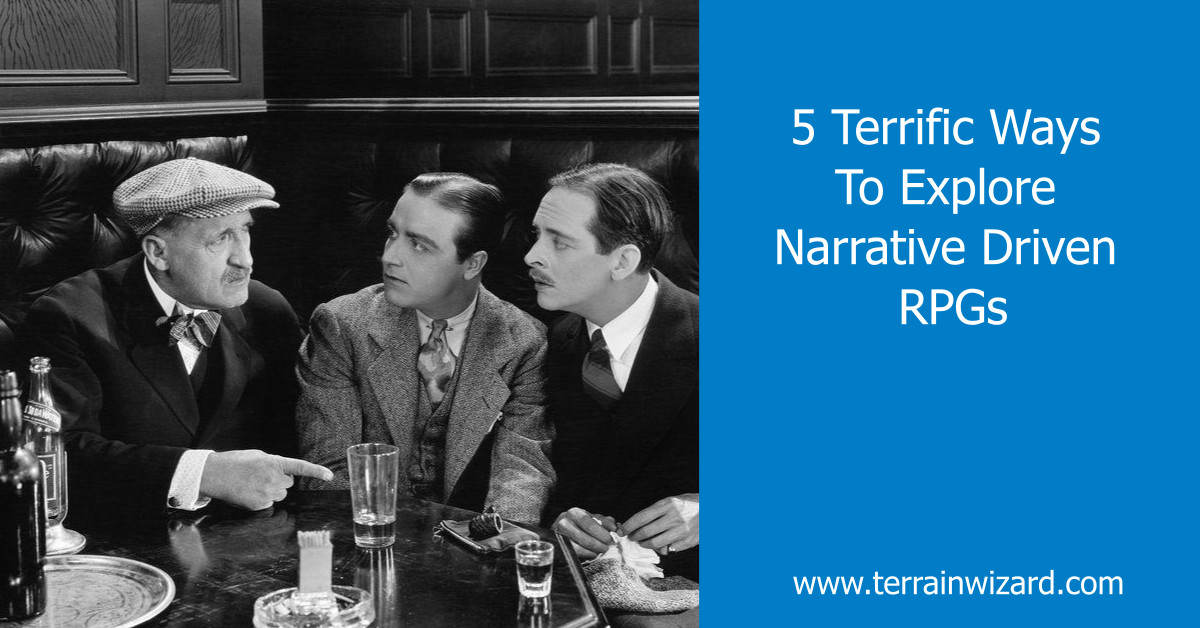
A narrative-driven tabletop RPG is a type of game that emphasizes storytelling and character development. This type of RPG differs from traditional RPGs prioritizing combat and other gameplay mechanics.
The game may involve combat and other challenges. But the focus is on the story and the characters’ development rather than winning or losing.
Overall, a narrative-driven tabletop RPG is a collaborative storytelling experience. It encourages players to explore a rich and immersive world. At the same time, it emphasizes creativity and imagination. It is a great way to build social connections and have fun with friends.
Contents
Player’s Role
In a narrative-driven tabletop RPG, players are encouraged to create complex, interesting characters with rich backstories and motivations. These characters are typically more fleshed out than characters in more traditional RPGs. The players may spend significant time developing their characters before the game begins.
Game Master’s Role
The game master (GM) is vital in a narrative-driven tabletop RPG. The GM is responsible for creating a rich and detailed world for players to explore. They are also controlling non-player characters. Plus, they set up challenges and obstacles for the players to overcome.
The GM often allows players to explore their characters’ backgrounds and motivations. The GM may even incorporate elements from players’ character backstories into the game’s story. This can create a more immersive and personalized experience for the players, who feel invested in the story and the world.
How It’s Played
Narrative-driven games are similar to other RPGs. Yet there are some significant differences.
Here’s a step-by-step flow for a typical game :
- Players create characters: Each player makes a character with a unique backstory, personality, and abilities.
- Game Master sets the scene: The GM describes the characters’ setting and situation.
- Players make choices: The players decide what their characters will do based on the information provided by the GM.
- GM responds: The GM reacts to the players’ choices and describes the outcome of their actions.
- The story progresses: The story advances as the players make choices, and the GM responds to those choices.
- Characters face challenges: Along the way, the characters will face puzzles, combat, and moral dilemmas.
- Consequences of choices: The choices made by the characters will affect the story and the game’s outcome.
- The game ends: The game ends when the story concludes, whether it be a happy ending, a tragic ending, or something in between.
Five Narrative-Driven Tabletop RPGs
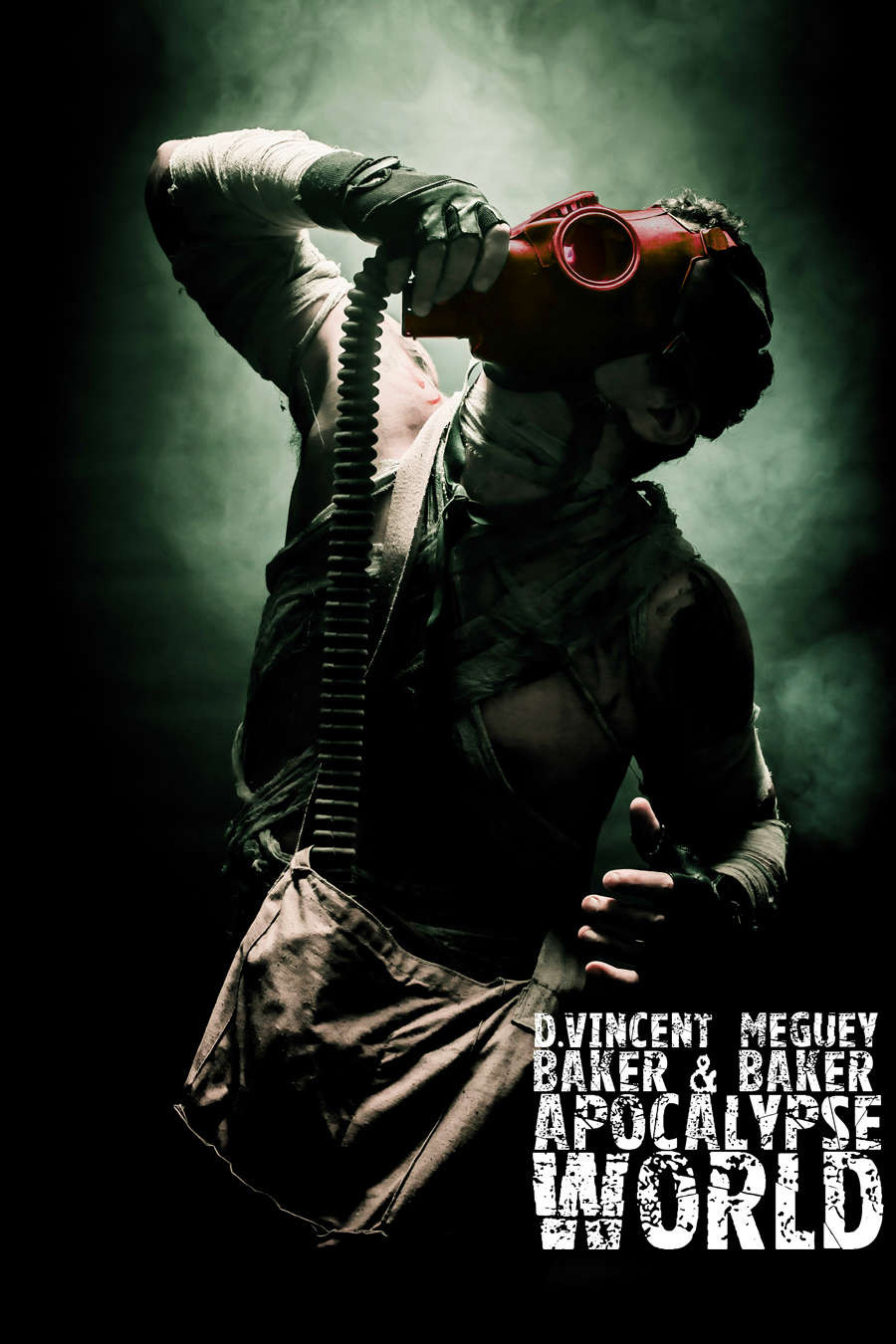
Apocalypse World
Apocalypse World is a tabletop RPG that takes place in a post-apocalyptic world. Players take on the roles of survivors, who must navigate a harsh and dangerous environment filled with threats and challenges.
The game uses a simple and intuitive system focusing on storytelling and player agency. Players roll dice to determine the outcome of their actions, with various factors affecting the results, such as their character’s skills, abilities, and equipment.
Apocalypse World offers various character classes, each with unique abilities and specializations. It also features a dynamic and ever-changing world, with real-time player actions affecting the story and environment.
Apocalypse World emphasizes collaboration and player creativity. The GM adapts the story to the players’ actions and ideas. It’s a good choice for players who enjoy immersive and engaging RPG settings. Also, those who want to explore the challenges and struggles of a post-apocalyptic world will enjoy it.
However, it may not be suitable for players who prefer more traditional or rules-driven RPG systems or those uncomfortable with dark and violent themes.
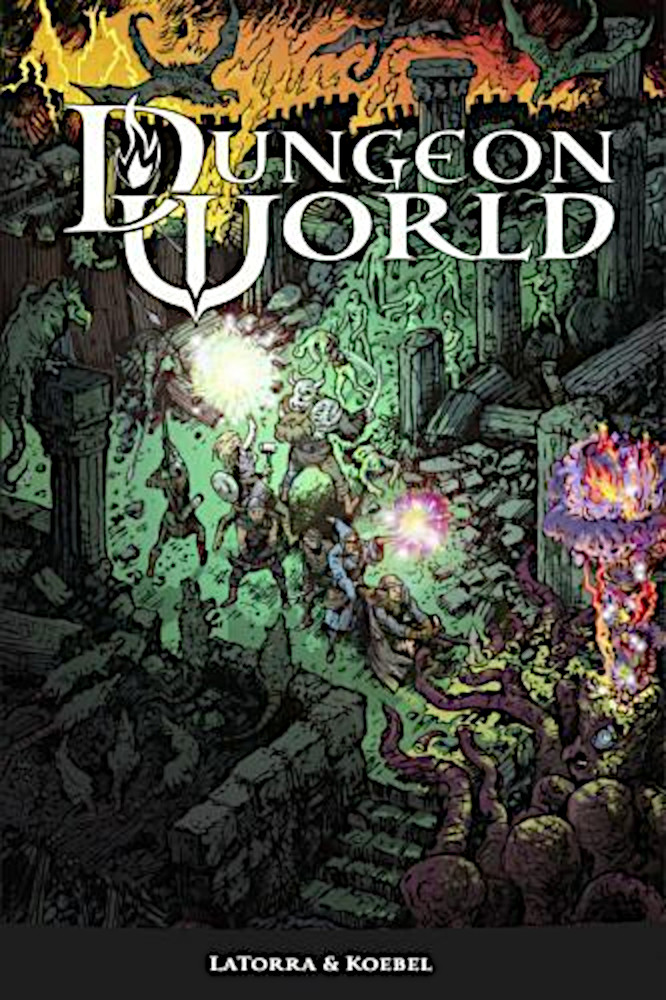
Dungeon World
Dungeon World is a tabletop RPG that focuses on fast-paced and collaborative gameplay. Players take on the roles of adventurers in a fantasy world where they work together to explore dungeons, fight monsters, and complete quests.
The game uses a simple, narrative-based system that encourages players to improvise and create stories. Instead of traditional character sheets and stats, players describe their characters and actions in detail. The Dungeon Master uses their responses to determine the outcome of their actions.
Dungeon World is designed to be easy to learn and accessible to players of all skill levels. It offers various classes and abilities, allowing players to customize their characters to suit their preferences. The game also emphasizes player creativity, with the Dungeon Master encouraged to adapt the story to the players’ actions and ideas.
Dungeon World is an excellent choice for players who enjoy fast-paced and improvisational gameplay. Also, it’s a perfect first choice for those who want to try RPGs for the first time. However, it may not suit players who prefer more structured and rules-driven gameplay.
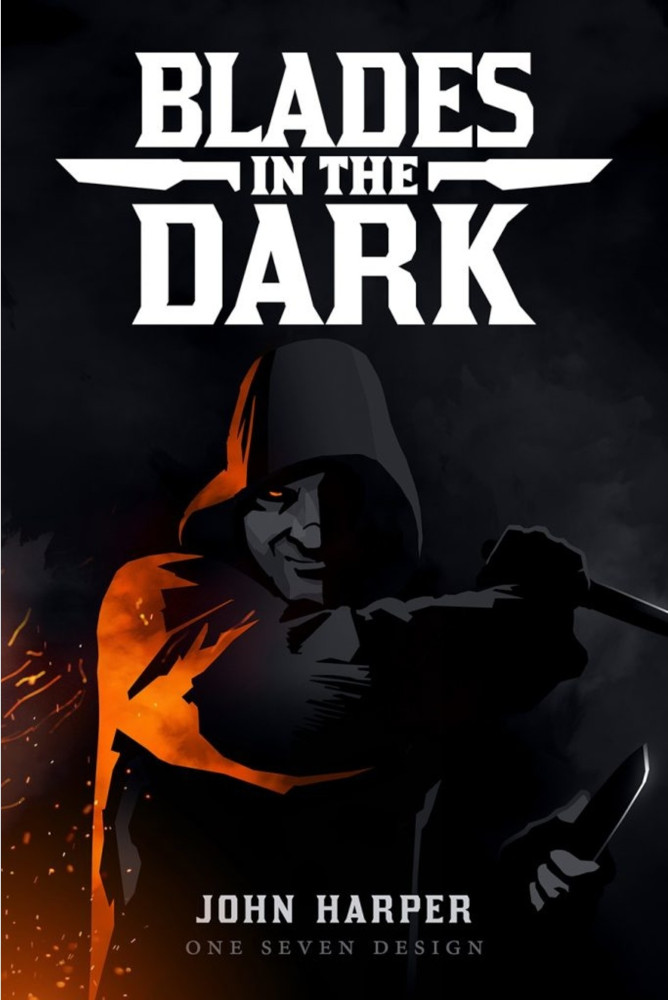
Blades in the Dark
Blades in the Dark is a tabletop RPG set in a dark, gritty industrial fantasy world. Players take on the roles of members of a criminal gang who work together to pull off heists, cons, and other shady dealings in a haunted city called Doskvol.
The game uses a simple and intuitive system focusing on storytelling and character development. Players roll dice to determine the outcome of their actions, with various factors affecting the results, such as their character’s skills, abilities, and equipment.
Blades in the Dark offers a rich, immersive world with detailed lore and history that players can explore and interact with. It also features a unique setting that blends steampunk, urban fantasy, and supernatural horror elements.
Blades in the Dark emphasizes player agency and creativity. The GM adapts the story to the players’ actions and ideas.
It’s a good choice for players who enjoy collaborative storytelling and character-driven gameplay. Also, those who want to explore a darker and more complex RPG setting will enjoy it. However, it may not suit players who prefer more traditional or rules-driven RPG systems.
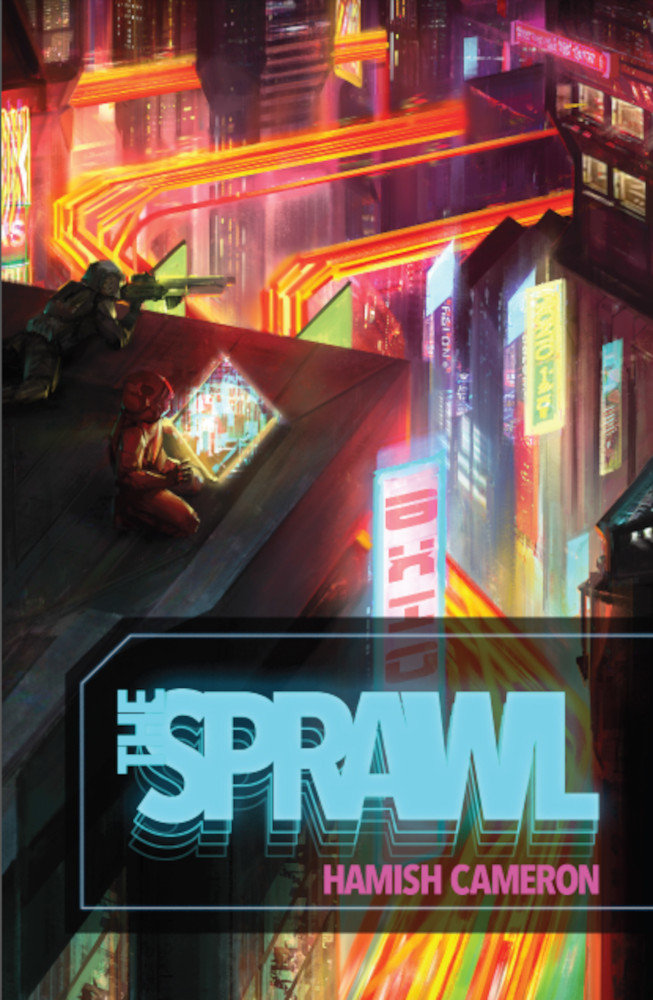
The Sprawl
The Sprawl is a cyberpunk tabletop RPG set in a dystopian future where corporations rule the world. Players take on the roles of operatives, who are hired to perform dangerous and illegal missions for their corporate clients.
The game uses a rules-light and narrative-focused system, focusing on player creativity and improvisation. Players can access a wide range of skills, abilities, and equipment. They must use their wits and resources to overcome the challenges they face.
The Sprawl offers a dark and immersive setting, focusing on the struggles and dangers of living in a world dominated by powerful corporations. The game also features a dynamic and ever-changing world, with the players’ actions affecting the story and the environment in real time.
The Sprawl suits players who enjoy narrative-focused RPG systems and immersive cyberpunk settings. Those interested in exploring the themes of corporate power and rebellion will also enjoy it.
However, it may not suit players who prefer more traditional or rules-heavy RPG systems. Those uncomfortable with mature or adult themes may not enjoy the game.
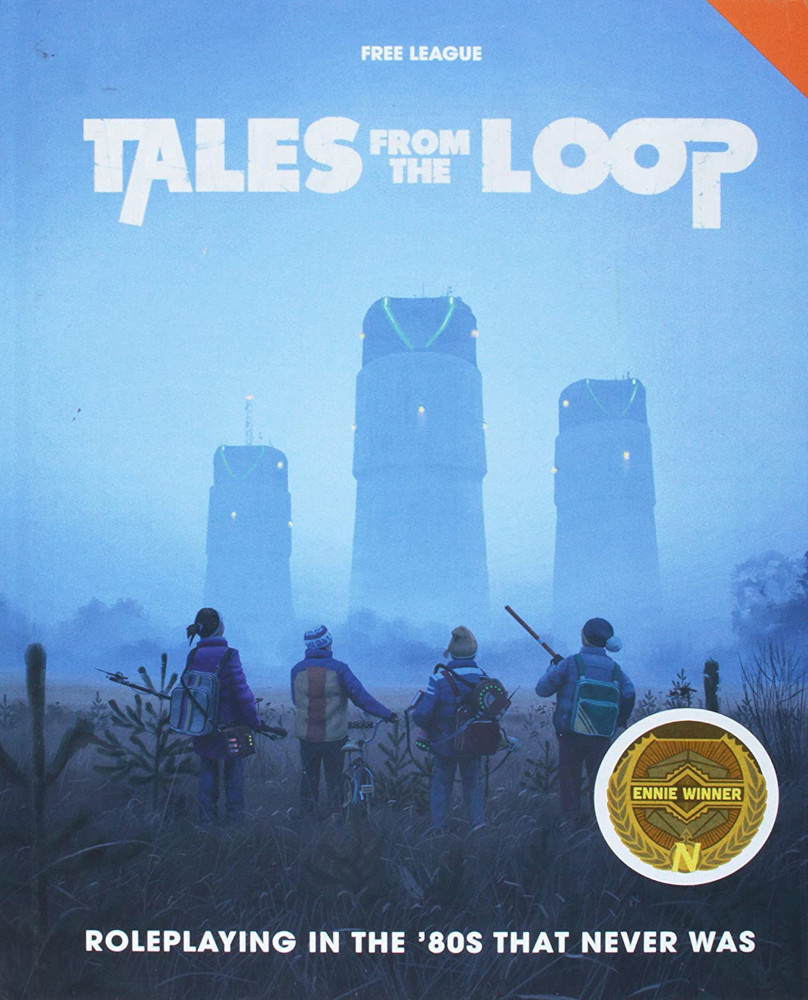
Tales from the Loop
Tales from the Loop is a tabletop RPG set in a 1980s-inspired alternate universe. Technology has advanced rapidly, allowing for the creation of giant machines and robots. Players take on the roles of teenagers who live in the fictional town of Boulder City and uncover mysteries and strange phenomena.
The game uses a rules-light and narrative-focused system, focusing on player-driven storytelling and character development. Players have access to a wide range of skills and abilities. They must use their wits and resources to investigate the strange events around them.
Tales from the Loop offers a unique and nostalgic setting focusing on the wonder and imagination of childhood. The game also features a distinct and evocative art style, with illustrations and designs inspired by the 1980s.
Tales from the Loop suits players who enjoy narrative-focused RPG systems and imaginative, character-driven stories. However, it may not work for players who prefer more traditional or rules-heavy RPG systems. Also, those who are uncomfortable with themes of childhood and nostalgia may not enjoy it.
Final Thoughts
Narrative-driven tabletop RPGs prioritize storytelling and character development over mechanics and rules. These games offer a collaborative storytelling experience that can be tailored to the interests and preferences of the players.
Players are encouraged to create complex, interesting characters with rich backstories and motivations.
The games can be challenging to run. They require a lot of preparation and a firm grasp of storytelling and worldbuilding. The game master is essential in creating a rich and immersive world for players to explore.
Narrative-driven tabletop RPGs are a great way to exercise creativity and imagination, build social connections, and have fun with friends.
Explore Farther
Glue Stick Terrain is a great place to learn more.
